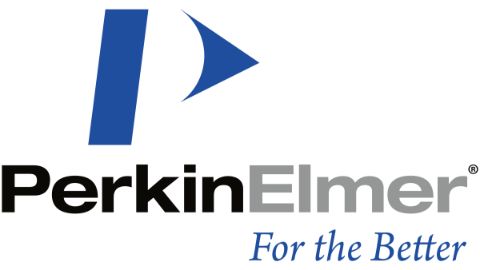PerkinElmer NexION® 5000 Multi-Quadrupole ICP Mass Spectrometer
With the push for lower and lower detection capabilities, laboratories conducting trace-elemental analyses require high-performance instrumentation capable of delivering accurate and reproducible results, even at low concentrations. Enter PerkinElmer’s NexION® 5000 multi-quadrupole ICP-MS system, the first of its kind to include four quads. Its state-of-the-art design delivers capabilities that meet and exceed the demanding trace-elemental testing needs of biomonitoring, semiconductor, and other applications.
The NexION 5000 ICP-MS provides a host of proprietary technologies that come together to deliver the ultimate in spectral interference removal.
Every aspect of this instrument has been meticulously engineered to address your needs, from a robust plasma for changing sample matrices, ultra-low detection limits (DLs) in hot plasma conditions, semiconductor-compliant VCR gas fittings and an easy upgrade to meet SEMI S2 and S8 requirements. Moreover, with the intuitive Syngistix™ software, you can count on accurate, reliable results every time.
Ultimate Interference Removal – Outstanding BECs
The NexION 5000 is a multi-quadrupole system providing the best ion beam control within this instrument class, capable of suppressing and eliminating spectral interferences found in complex samples, ensuring the best background equivalent concentrations (BECs) in both hot and cold plasma conditions and outstanding detection limits. Where the use of miniature quadrupoles in some systems have limited mass-resolving capabilities and impact the ability to effectively resolve interferences, the full-length quadrupoles found in the NexION 5000 ensure that <0.7 amu mass resolution can be achieved while also ensuring high ion-transmission efficiency.
This excellent mass resolution is able to guarantee exceptional detection limits, outstanding analyte signal-to-noise ratios and provide absolute confidence in your results.
The four quadrupoles of the NexION 5000 are outlined as follows:
• First: Quadrupole Ion Deflector (Q0) directs ions to the entrance of the first mass filter;
• Second: Transmission Analyzer Quadrupole 1 (Q1, full-sized for < 0.7 amu mass resolution (preferred for normal operation) with custom resolution to < 0.3 amu) can act as a mass filter or as an ion guide to direct ions to the Universal Cell;
• Third: Quadrupole Universal Cell (Q2), empowered by dynamic bandpass tuning, creates a controlled environment for effective interference removal and analyte mass differentiation through dynamic reactions with reactive gases or collisions using non-reactive gases;
• Fourth: Transmission Analyzer Quadrupole 2 (Q3, full-sized for < 0.7 amu mass resolution (preferred for normal operation) with custom resolution to < 0.3 amu) can act as a mass filter or as an ion guide to direct ions to the detector.







